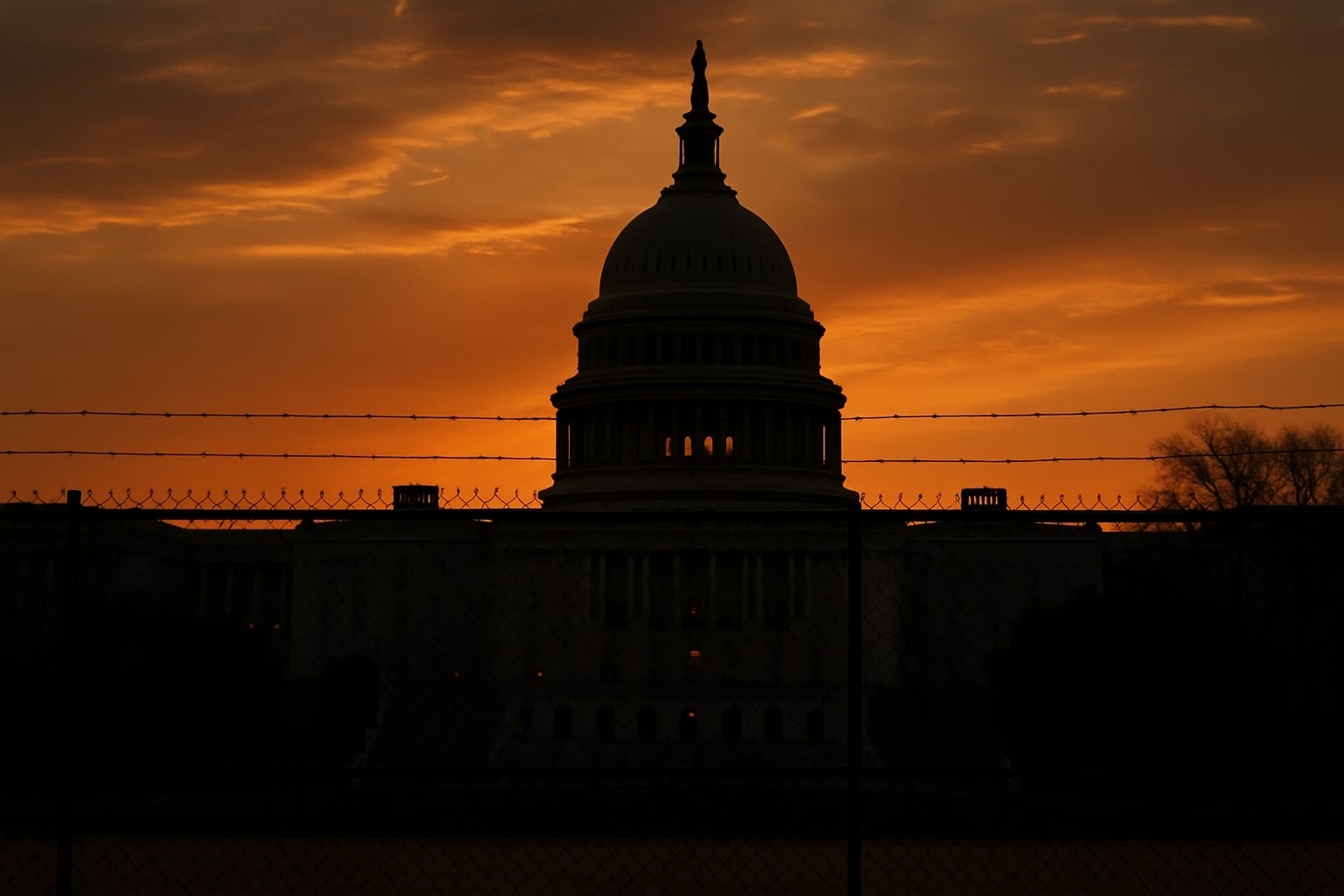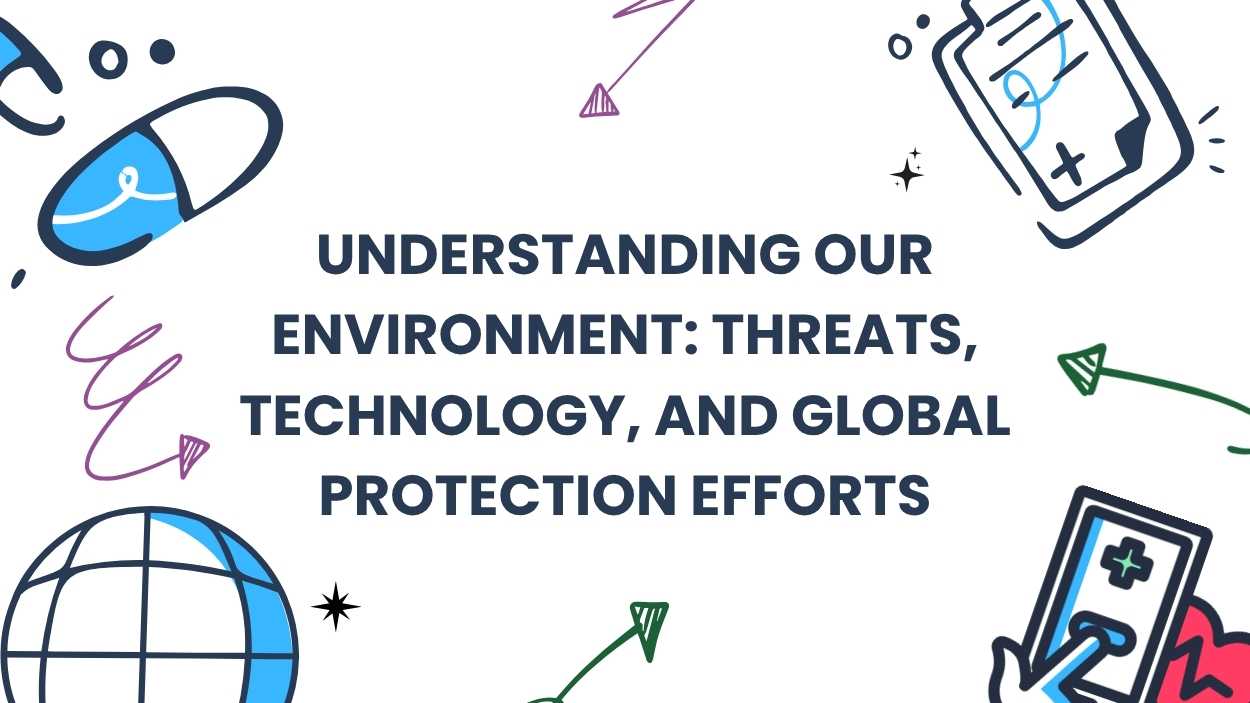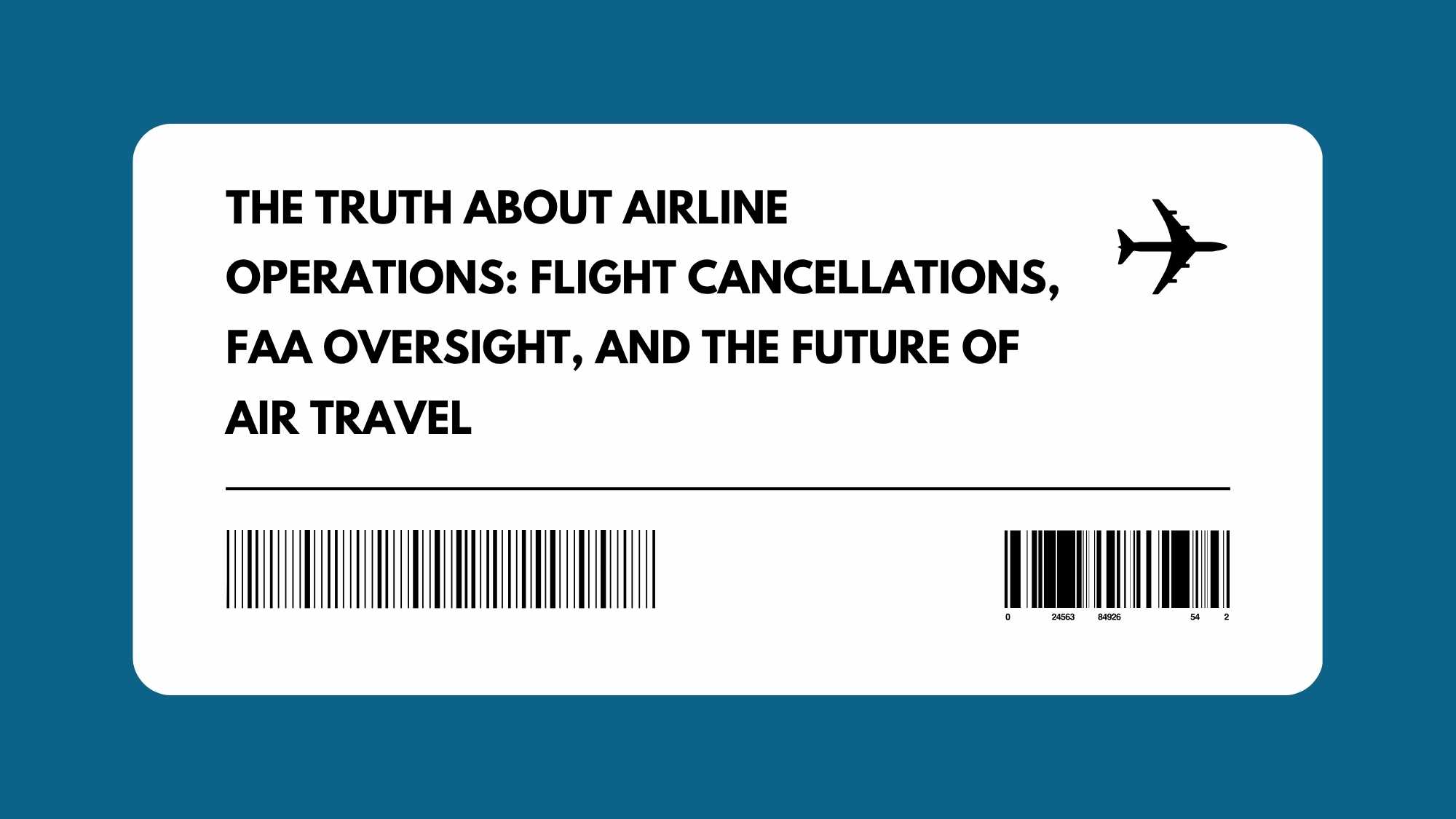Washington is bracing for yet another federal government shutdown, with lawmakers showing little progress toward a last-minute deal before the deadline of 12:01 a.m. Wednesday, October 1, 2025. At the heart of the deadlock are sharp differences between Republicans and Democrats over health care funding and Medicaid cuts.
Republicans have introduced a temporary spending measure to keep the government funded through November 21, but Democrats insist that the plan reverse Medicaid reductions and extend Affordable Care Act tax credits that make health coverage more affordable. With both sides unwilling to compromise and the House not expected to vote this week, the risk of a shutdown looms large.
What Is a Government Shutdown in the U.S.?
A government shutdown occurs when Congress fails to pass funding legislation for federal operations or the President declines to sign it into law. Without legal authority to spend money, most government agencies are required to cease activities and furlough employees who are not deemed essential. Essential employees—such as members of the armed forces, FBI investigators, air traffic controllers, and airport security staff—must continue working but will not be paid until funding is restored.
Shutdowns can disrupt public services, delay paychecks for hundreds of thousands of workers, and affect economic growth, depending on how long they last. By law, once funding resumes, furloughed employees receive retroactive pay, but the gap often causes significant financial strain.
Impact on Federal Workers and Services
During the last major shutdown under former President Donald Trump, around 340,000 of 800,000 federal employees were furloughed, while the rest were required to keep working. In the event of a new shutdown, many of the same rules would apply:
-
Healthcare: Social Security and Medicare benefits would continue, and veterans could still access medical services through the Department of Veterans Affairs. However, some operations at agencies like the CDC and FDA would be scaled back.
-
Education: Pell Grants and student loan disbursements would continue, but new federal education grants would likely be paused.
-
Public Services: The U.S. Postal Service, which is independently funded, would remain unaffected. National parks and museums such as the Smithsonian could close their doors, depending on the severity of funding gaps.
-
Transportation: Air traffic safety would be maintained, but training and hiring of new controllers would halt.
-
Federal Paychecks: Military personnel and federal workers would miss paychecks during the shutdown but would receive back pay once the government reopens.
Economic Consequences
While short shutdowns tend to have limited economic impact, longer ones can undermine confidence and slow growth. According to Goldman Sachs Research, a shutdown reduces U.S. economic growth by about 0.15 percentage points per week, with a rebound typically occurring once government operations resume.
The Congressional Budget Office has warned that prolonged shutdowns generate uncertainty about the role of government in society and disrupt programs that depend on federal funding.
What Comes Next
With Republicans and Democrats still entrenched in their positions, analysts warn this shutdown could be more aggressive than previous ones. Some agencies have already posted contingency plans, while others are relying on outdated frameworks from earlier funding lapses.
If Congress fails to act, millions of Americans could soon feel the effects of another shutdown—whether through delayed paychecks, closed parks and museums, or reduced public health services.













